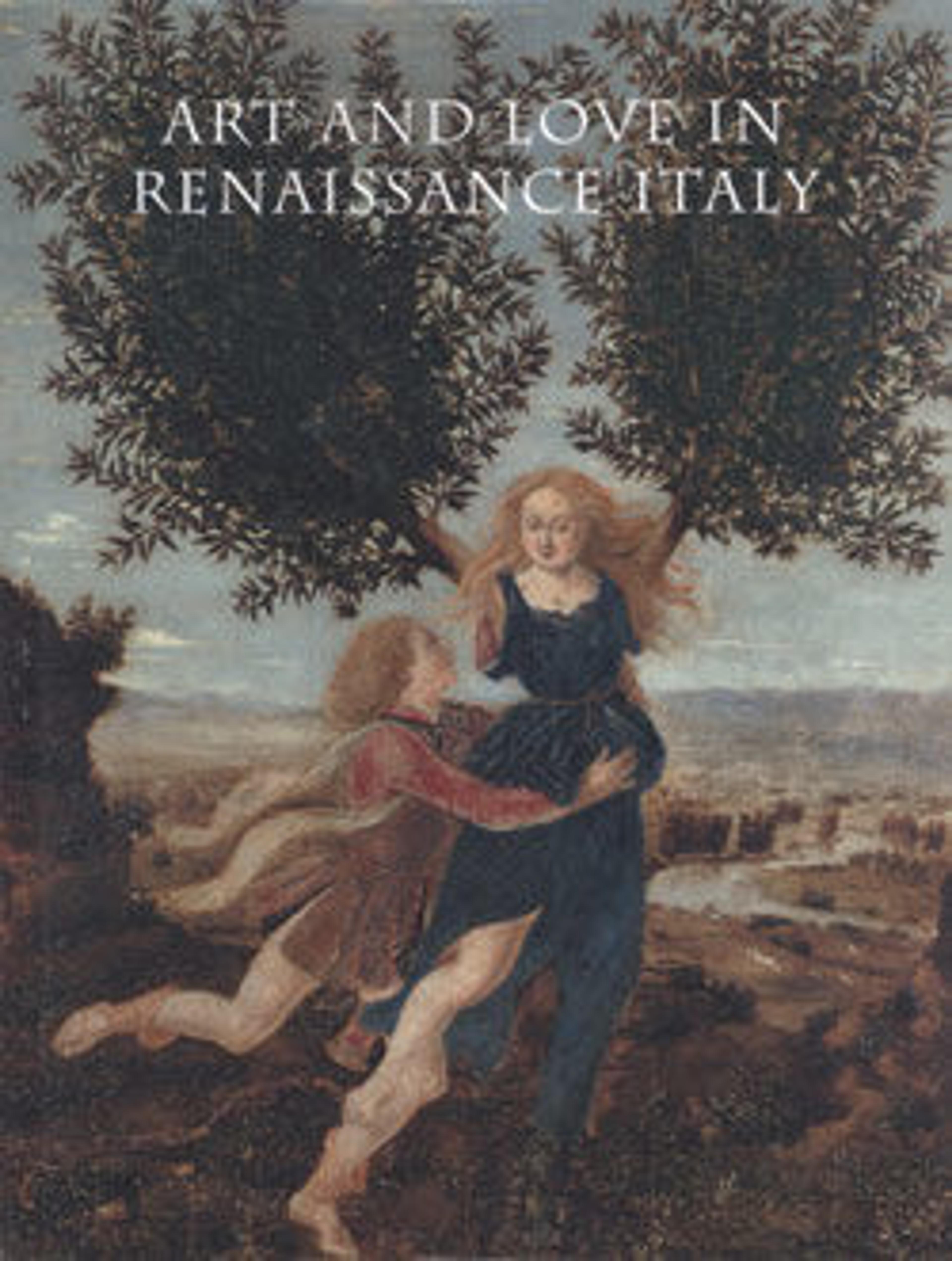
Art and Love in Renaissance Italy
Many famous Italian Renaissance artworks were made to celebrate love and marriage. They were the pinnacles of a tradition—dating from the early Renaissance—of commemorating betrothal, marriage, and the birth of a child by commissioning extraordinary objects or exchanging them as gifts. This important volume is the first to examine the entire range of works to which Renaissance rituals of love and marriage gave rise and makes a major contribution to our understanding of Renaissance art in its broader cultural context. Some 140 works of art, dating from about 1400 to 1600, are discussed by a distinguished group of scholars and are reproduced in full color.
Marriage and childbirth gifts are the point of departure. These range from maiolica, glassware, and jewelry to birth trays, musical instruments, and nuptial portraits. Bonds of love of another sort were represented in erotic drawings and prints. From these precedents, an increasingly inventive approach to subjects of love and marriage culminated in paintings by some of the greatest artists of the Renaissance, including Giulio Romano, Lorenzo Lotto, and Titian.
Met Art in Publication
Citation
Bayer, Andrea, Metropolitan Museum of Art (New York, N.Y.), and Kimbell Art Museum, eds. 2008. Art and Love in Renaissance Italy. New York : New Haven: Metropolitan Museum of Art ; Yale University Press.
